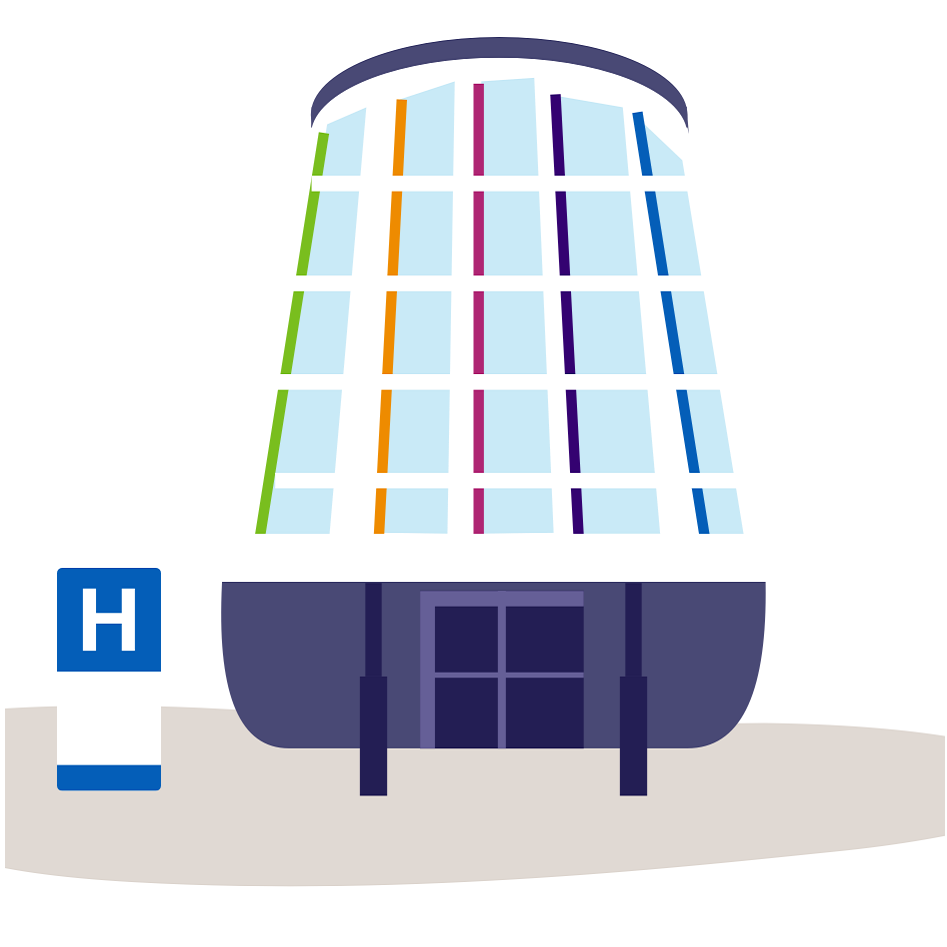Click here for printable versions of this leaflet in:
Intravenous Gentamicin, information for parents and carers

Gentamicin is a powerful antibiotic that we use to treat certain types of serious bacterial infections. We have prescribed gentamicin because it is the appropriate antibiotic for your child’s infection.
When serious infection is suspected doctors aim to give gentamicin as soon as possible. Therefore, if your child is very unwell, we sometimes start treatment before you have had a chance to read this leaflet.
If you answer ‘Yes’ to any of these questions, please tell your doctor, nurse or pharmacist immediately:
- Does your child have any hearing or balance problems, or have they had (or your relatives) hearing or balance problems as a side effect from previous antibiotic use?
- Does your child (or your relatives) have a mitochondrial disease (mutations in the parts of your cells which help make energy)?
- Is your child allergic to gentamicin or any other antibiotics?
- Does your child have reduced kidney function?
- Does your child have myasthenia gravis?
- Is your child taking any other medicines: e.g. ‘water tablets’ such as furosemide; over the counter medications; or herbal remedies?
- Has your child taken gentamicin before?
The nurses in hospital will give your child gentamicin as an injection into a vein or via a drip.
We may change the dose and how often your child takes it during the course of treatment.
We will measure the amount of gentamicin in your child’s blood to make sure they are on the right dose by taking a blood test. This will also tell us how their kidneys are working.
They may also need a hearing and balance test (see possible side effects).
Usually, your child will take gentamicin for as short a time as possible depending on their infection type and the available antibiotics to treat it.
If your child needs gentamicin for more than 5 days, your doctor will arrange for them to have hearing and balance tests (see possible side effects).
Like all medicines, gentamicin may cause side effects. However, most are rare and not all patients will experience them. It is extremely important that you tell your doctor, nurse or pharmacist if your child experiences any of these side effects at any time as they could be serious or long-term.
- Reduced kidney function: they might not have any symptoms, but the doctors will be monitoring your child’s kidney function by blood tests whilst they are on gentamicin
- Allergic reactions: including rash, itch, fever, shortness of breath, a tight chest or wheezing, chills or shivers, swelling or redness of the skin
- Hearing or balance problems: these may include a ringing noise in their ears, hearing loss, dizziness or difficulty balancing
If you have any questions while in hospital, please ask a member of staff.










